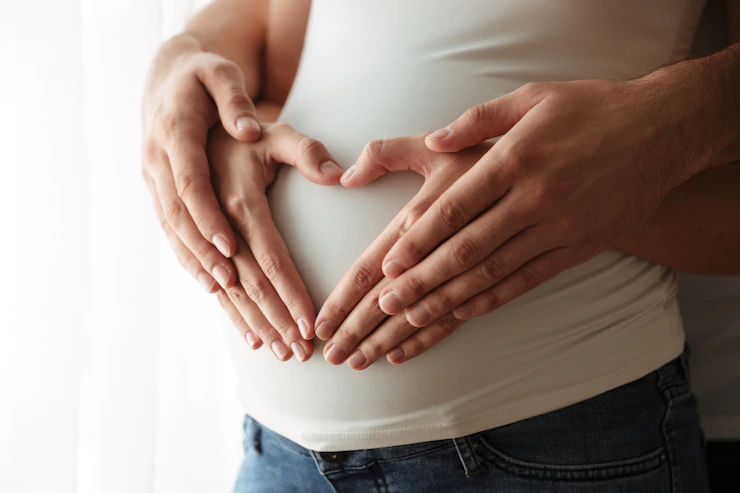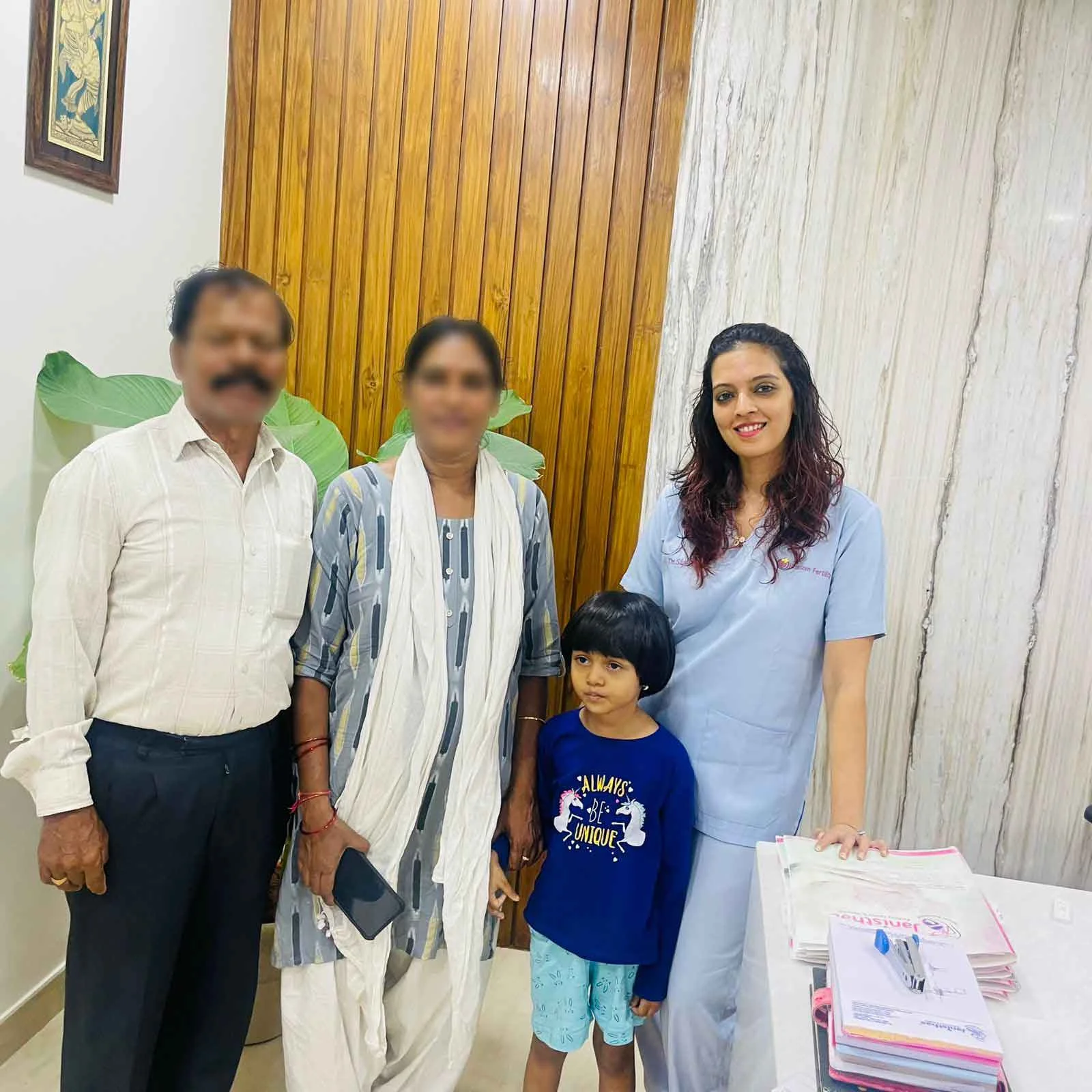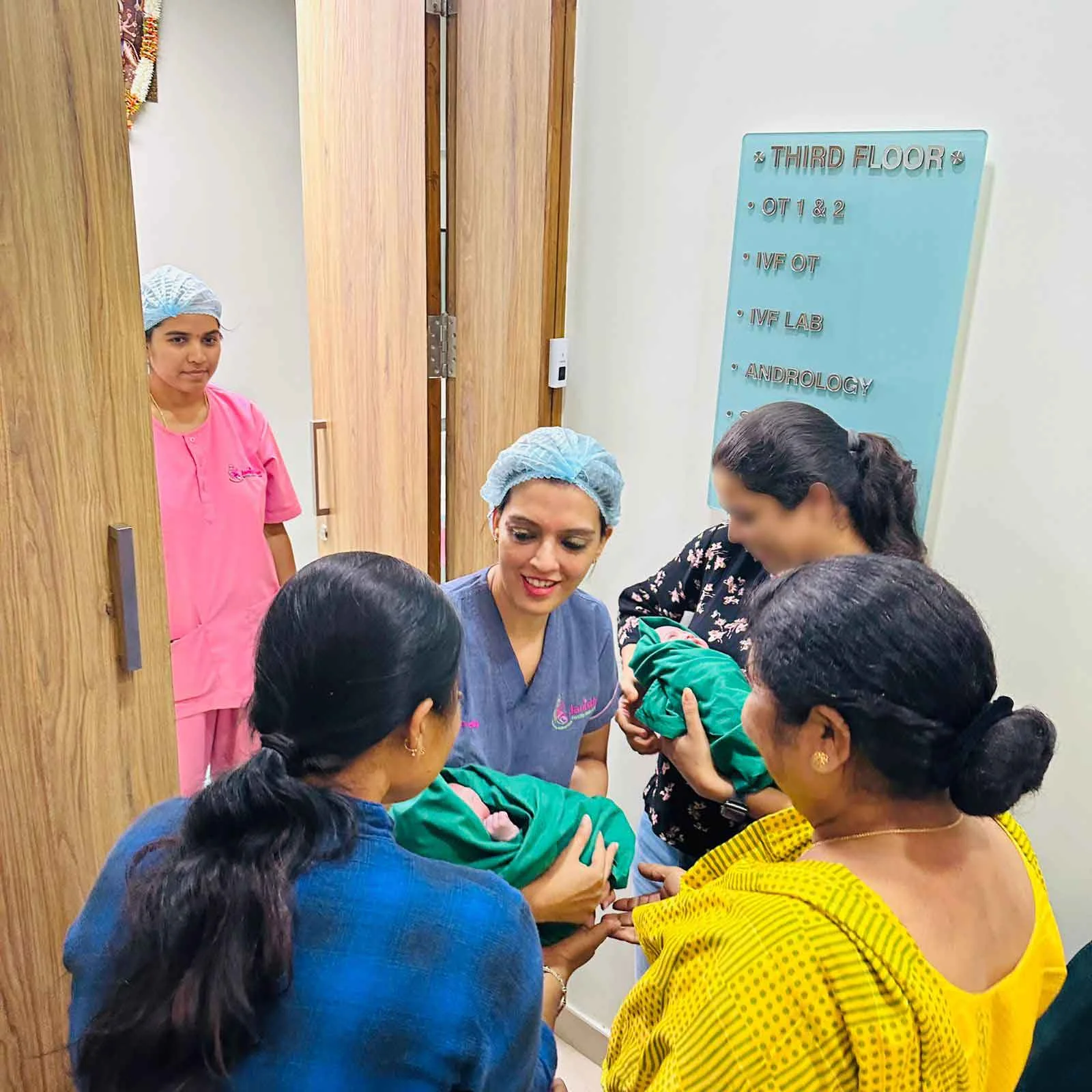
Understanding IVF A Step-by-Step Guide for Beginners
In Vitro Fertilization (IVF) is one of the most effective and widely used assisted reproductive technologies (ART) available today. It

Young-to-be mothers require a fertility evaluation if they are planning to get pregnant. The best fertility hospital Bangalore – Janisthaa, provides an in-depth fertility evaluation wherein experts determine the reason for infertility through different tests and medical checks. Identifying the reason at an early stage enables couples to meet the best fertility specialists in Obstetrics & Gynaecology in Bangalore and gain the appropriate direction towards treatment.
An ultrasound aids in visualising the uterus and ovaries. It ensures the absence of fibroids, cysts, or any other irregularities that can hinder conception or pregnancy.
These tests evaluate levels of follicle-stimulating hormone (FSH) and luteinising hormone (LH) to determine ovarian functioning and egg production. Disturbances in hormone levels can lead to ovulation or premature ovarian failure.
A hysterosalpingogram (HSG) or sonosalpingography (SSG) tests if the fallopian tubes are patent and functioning. Obstruction of tubes may render the sperm and egg incapable of meeting, resulting in infertility.
These are minimally invasive tests applied to investigate the uterus, fallopian tubes, and ovaries. They assist in identifying conditions such as endometriosis, fibroids, or adhesions that might impair fertility.
This test measures sperm count, motility (mobility), and morphology (form). It assists in determining whether or not the sperm are healthy enough to fertilise.
The DFI test examines sperm DNA integrity. Elevated DNA fragmentation decreases the possibility of successful fertilisation and may be a causative factor for recurrent miscarriage.
These tests assess testosterone and other important hormones that control the production of sperm. Unbalanced levels can suggest hormonal or testicular failure.
Scrotal ultrasound tests for varicoceles (swollen veins), obstructions, or other structural abnormalities that may interfere with sperm quality or production.

Dr. Shwetha is an expert in reproductive medicine and laparoscopic surgery. She is also a very well qualified Obstetrician and Cosmetic Gynaecologist, capable of handling high risk pregnancies and gynecological issues.
Dr. Shwetha is very passionate about assisted reproductive techniques and she constantly updates herself with the latest techniques. She strictly believes in performing fertility treatments in the most ethical manner by introducing the patients to the most non intrusive stress free treatment. Her treatment and protocols are individualized and customized to each patient; this has proved to be very successful.










We hope that these testimonials will provide you with the confidence and inspiration to trust us with your journey towards parenthood








In Vitro Fertilization (IVF) is one of the most effective and widely used assisted reproductive technologies (ART) available today. It

We understand, it is tough to even bring yourself to talk about something sensitive. Some families, especially elders, can take

When trying to conceive, many couples focus on timing and health, but the quality of sperm is a critical factor
Designed & Developed By Vervelogic LLP